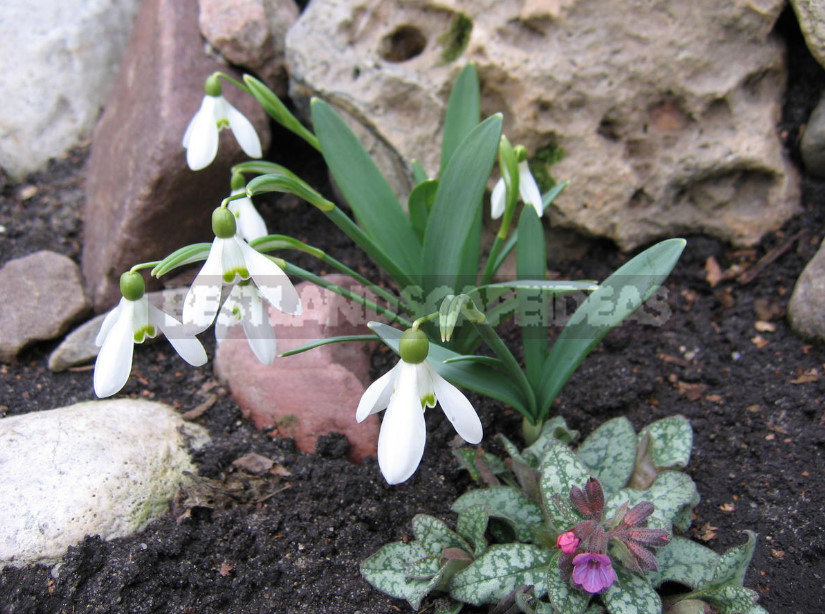
The first spring visit to the country is always a long — awaited holiday. Any passionate florist will easily remember this wonderful excitement, trembling covering you from head to toe and enveloping the intoxicating smell of thawed earth and the tart aroma of unfolding greenery. The aftertaste of winter finally recedes at the sight of the most gentle early spring ephemeroids in the waking garden.
The word “ephemeral” is associated with something beautiful, but fleeting and short-lived. Indeed, a week or two after the birth of perishable plants already fade. Despite the spring coolness, the extraordinary “haste” of these flowers always surprises and upsets me, but is it possible to abandon this miracle of awakening the garden.
Galanthuses
The canonical image of the main snowdrop is associated with many Galanthus. The unopened flower of this plant resembles touching a thick drop of milk. Indeed, the translation of the name from Greek means: milk and flower.
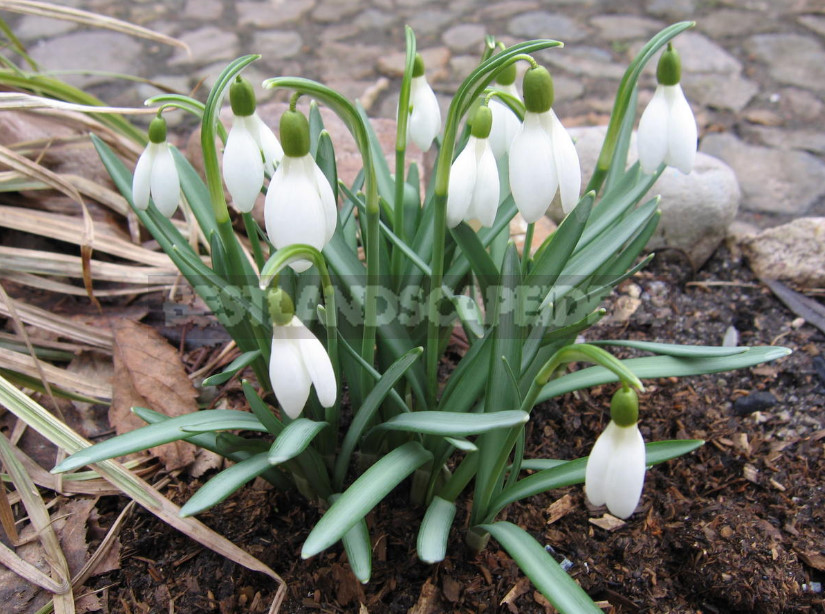
Galanthus cultivated in gardens since time immemorial, there are many different variations and forms of primrose, including Terry.
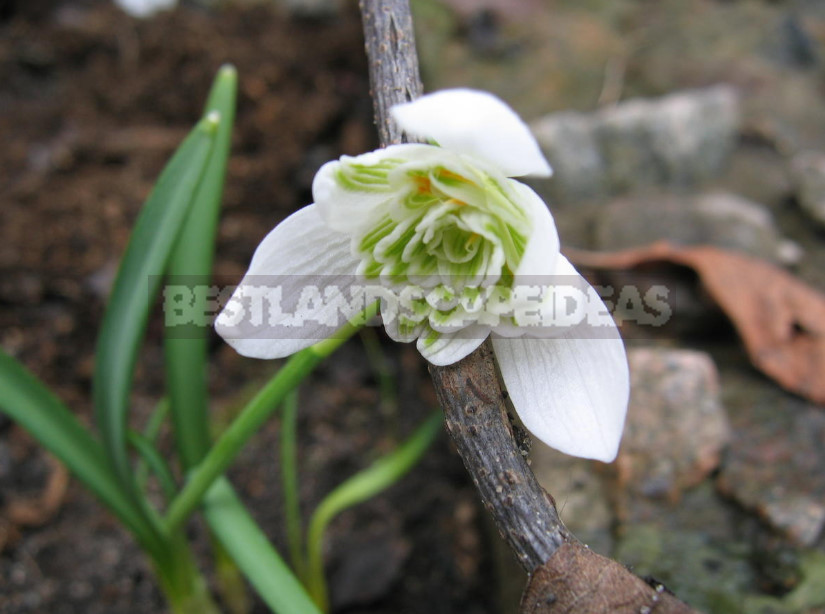
Iridodictyum, or iris reticulate
Snowdrops always bloom incredibly early! These are the most miniature irises in General, they are of the genus Iridodictyum, but most often they are called Iris reticulata, because of the dry mesh shell of a small fleshy bulb.
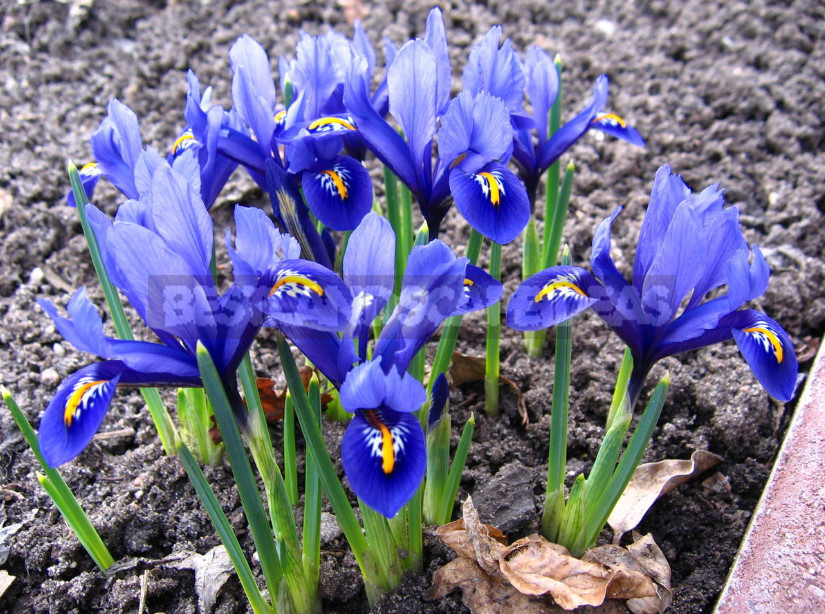
However, from a Botanical point of view it is more correct to call so only one of the types of bulbous irises.
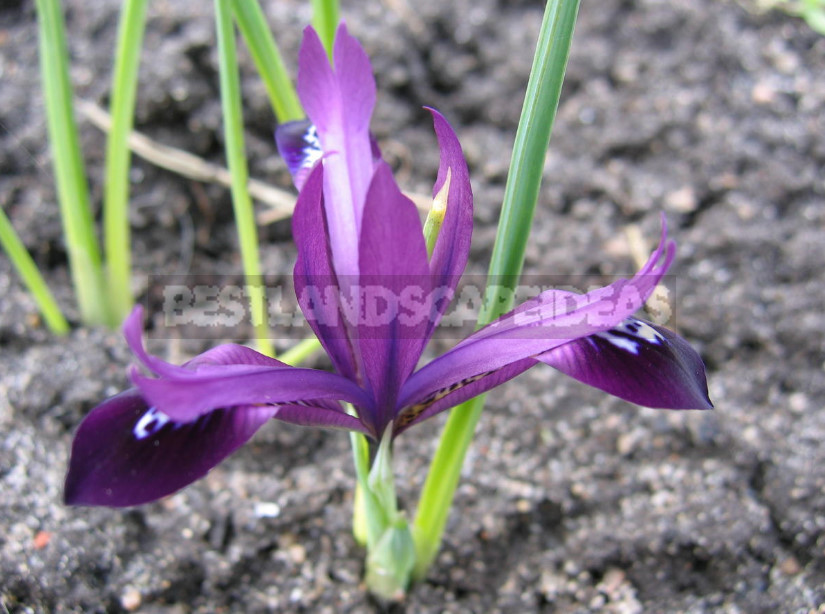
A picturesque meadow from iridodictium on rotten spring earth looks like a flock of exotic butterflies, priceusa to bask on the edge of the rocky garden — one of the most traditional locations of these delicate primroses.
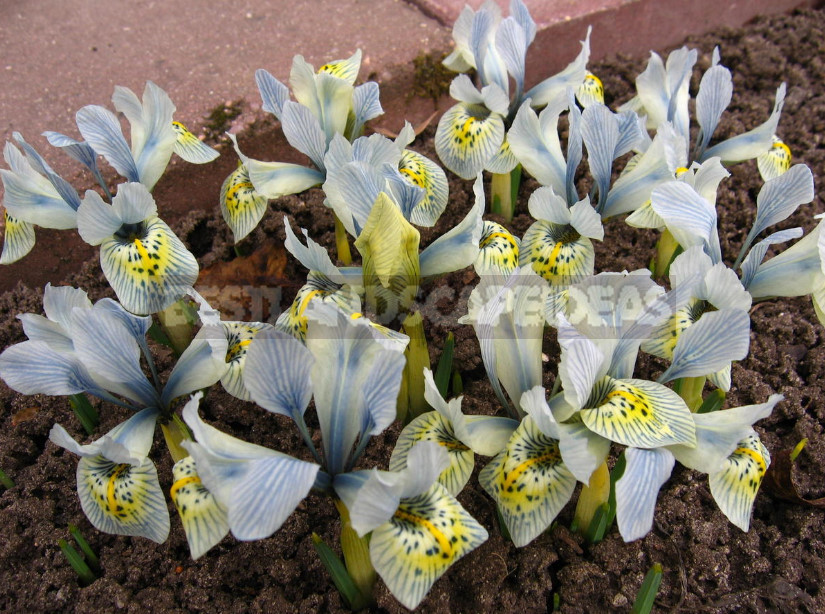
Do not spare time for the annual digging of small bulbs in the summer, after the cereal leaves begin to lie down and turn yellow. These kids will thank you in full for the competent care, and will annually bring enthusiastic joy of awakening the garden after a long winter.
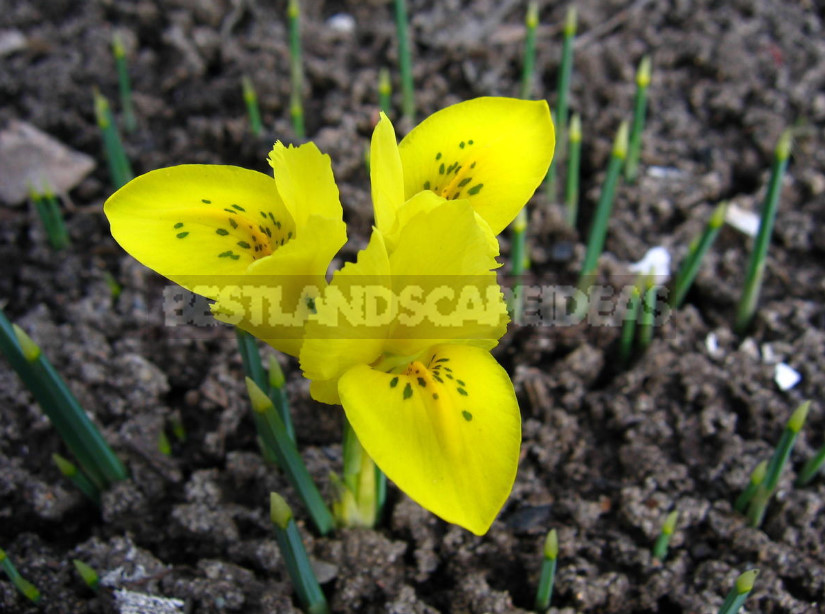
Anemones
Anemone blanda-is it possible to come up with a more accurate name for a flower-snowdrop, silky petals which tremble from the lightest breath of fresh wind, swaying on thin stems.
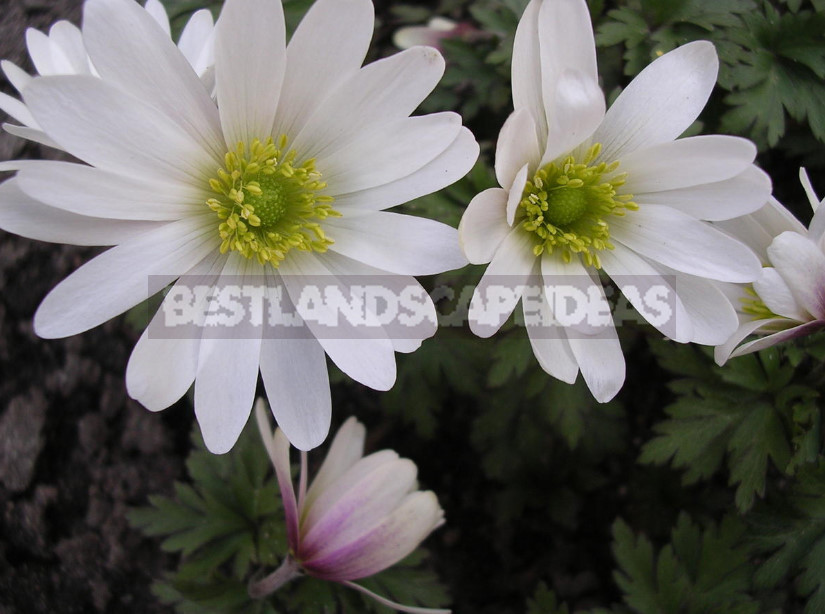
The sky will frown-and white flowers-snowflakes will close right there, and the sun will look out — they will again substitute to a spring wind the sensitive “palms” with thin translucent “fingers”.
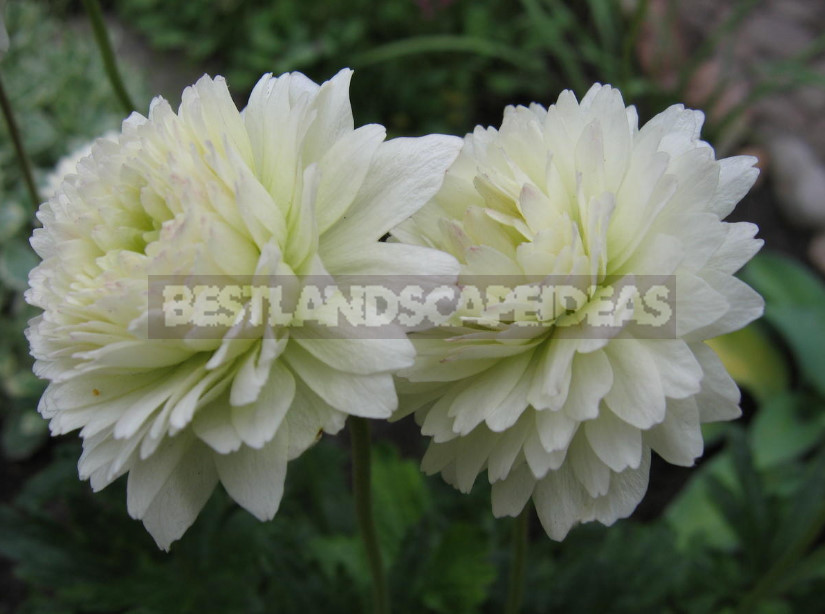
Crocuses
Colorful glasses of crocuses-one of the most common summer snowdrops — lead April dances in many flower beds and front gardens after the winter.

The color gamut of the most diverse varieties combines white, blue, purple, lilac and Golden-yellow tones. Not uncommon for two – or even trio-color varieties with the same silky sheen of the petals to the elastic.
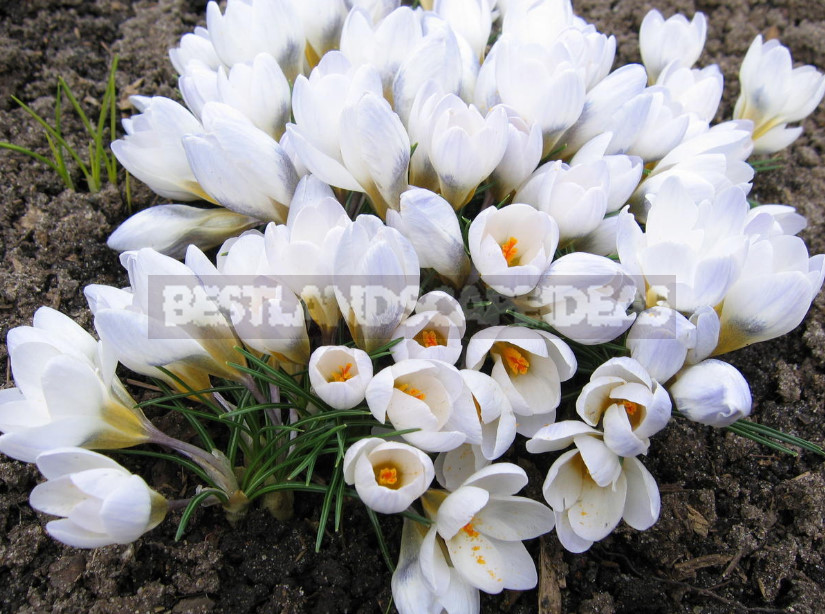
Be sure to have in your garden several “flocks” of these popular primroses, which will be appropriate in many flower beds, as well as in tree trunks of trees and shrubs.
Chionodoxa
“Snow beauty” – the so-called locals Chionodoxa, which grows wild at the foot of the mountains of Asia Minor. During flowering, even a small meadow Chionodoxa luciliae looks like someone dropped a small basket full of delicate bright blue flowers.
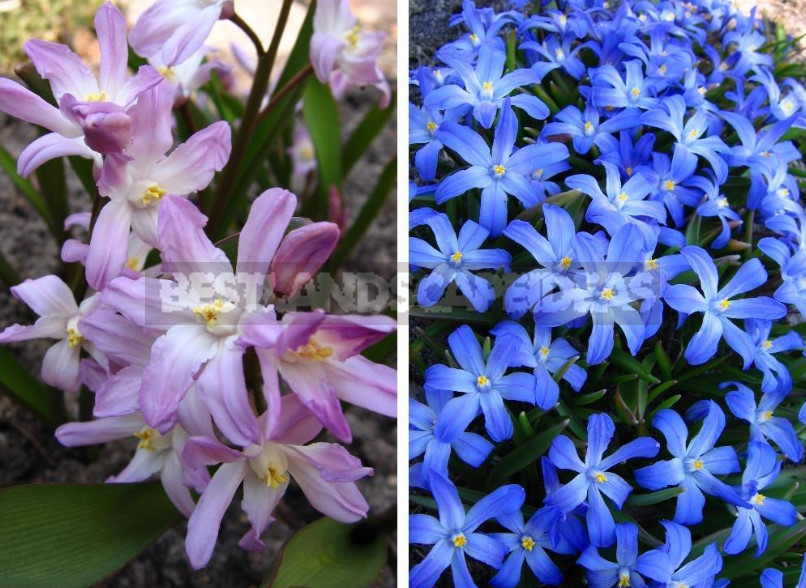
These early spring flowers prefer open Sunny places. They not only grow rapidly, but also give abundant self-seeding. Pure chionodoxa species, which are extremely rare on sale, easily interbreed, forming numerous hybrids, and it is difficult to find the same color among the seedlings.
Рulsatilla
Rulsatilla-the legendary primrose-snowdrop.
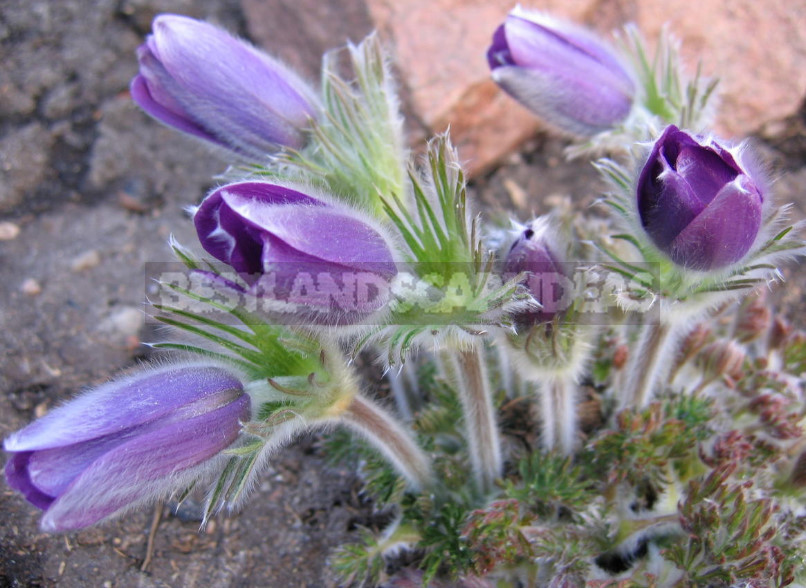
Many mysterious tales are composed about this plant, densely covered with soft hairs, fluffy to the touch and suggestive of a soft slumber, rest and relaxation.
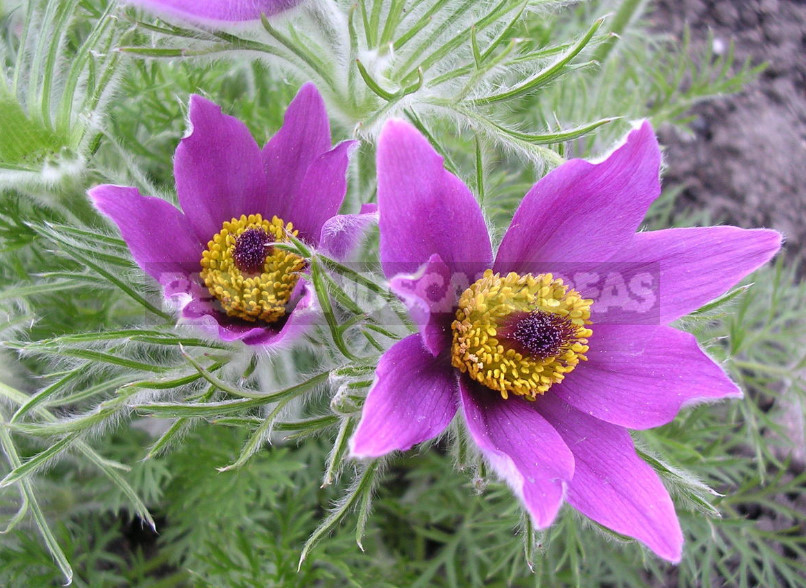
If you believe in divination, then pluck a flower in the full moon, put under the pillow. If you dream you are a girl or a boy, to be a happy year!
Puschkinia
Puschkinia-Hyacinthus in miniature, touching and unpretentious plant, for some reason rarely found in our gardens.
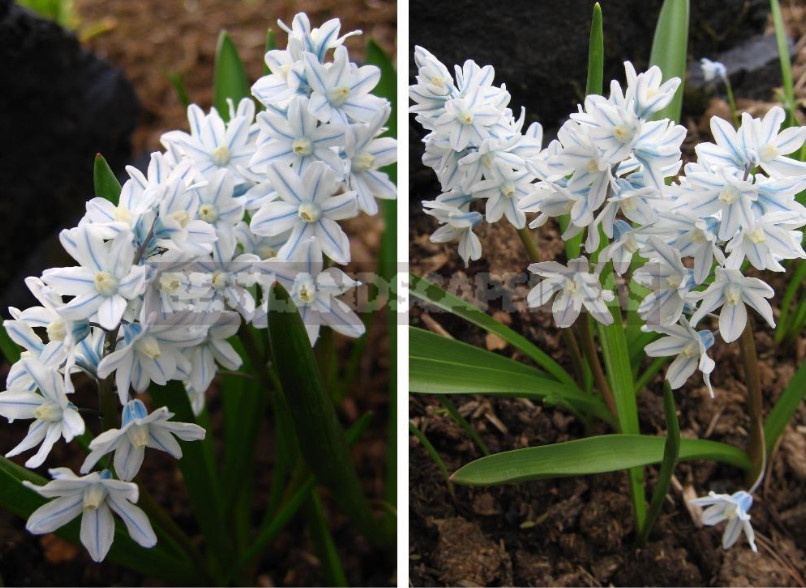
In the open Sunny, but moist enough place snow-white bell-shaped flowers with sky-blue streaks will cause you a feeling of tenderness in the short minutes of rest from spring worries in the garden.
Erythronium
Erythronium-first-class flowering and ornamental deciduous plants.
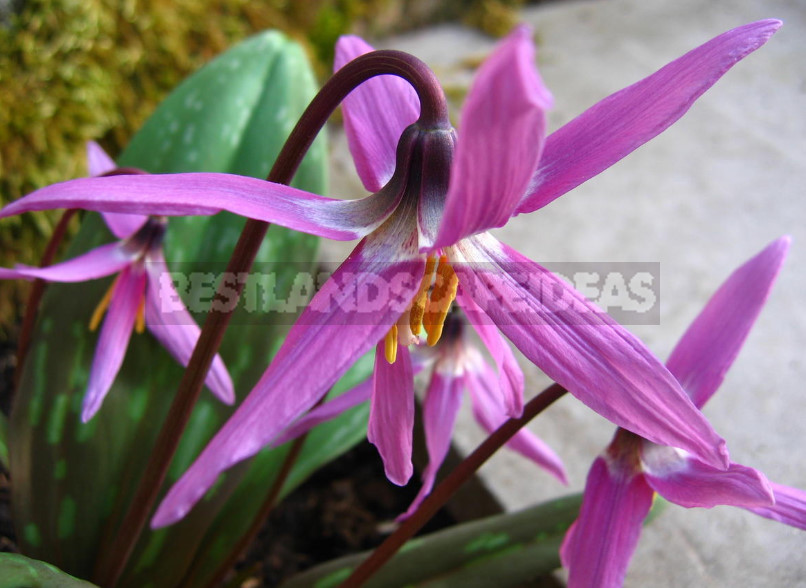
Flower growers admire not only cyclamen-like exotic flowers of pink, crimson, white and even yellow flowers, but also thin-skinned leaves with luxurious painting.
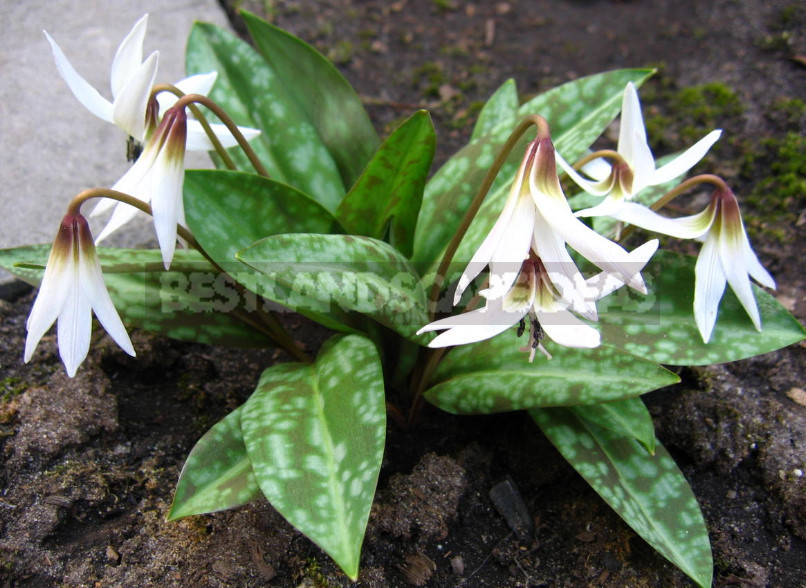
The extraordinary elegance of this flower puts it on one of the first places among the favorites of spring.
Helleborus
Helleborus, according to legend, bloomed in winter in Bethlehem near the barn in which Christ was born, so one of the most beautiful names of this flower — Christmas rose.
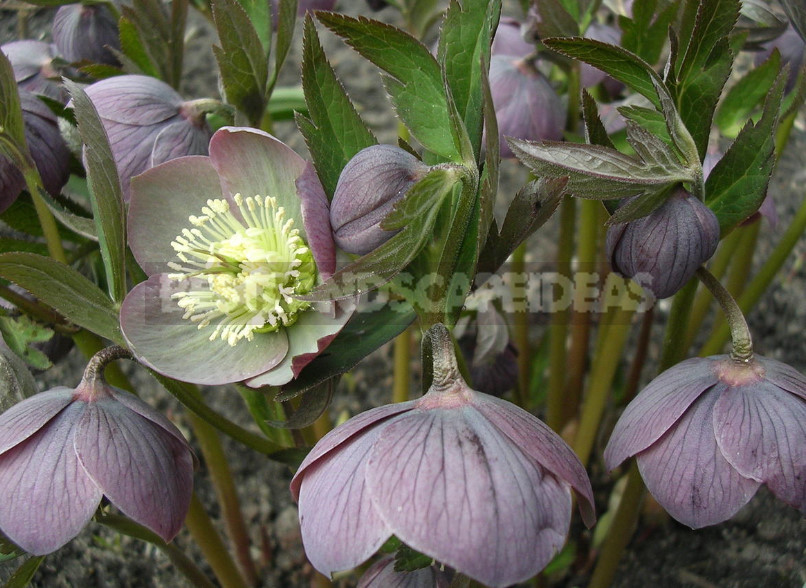
Now Helleborus gardens are more common, although I have heard that growers avoid this exotic for our climate primrose because of its whimsical. Fortunately, many modern varieties and hybrids refute this opinion.
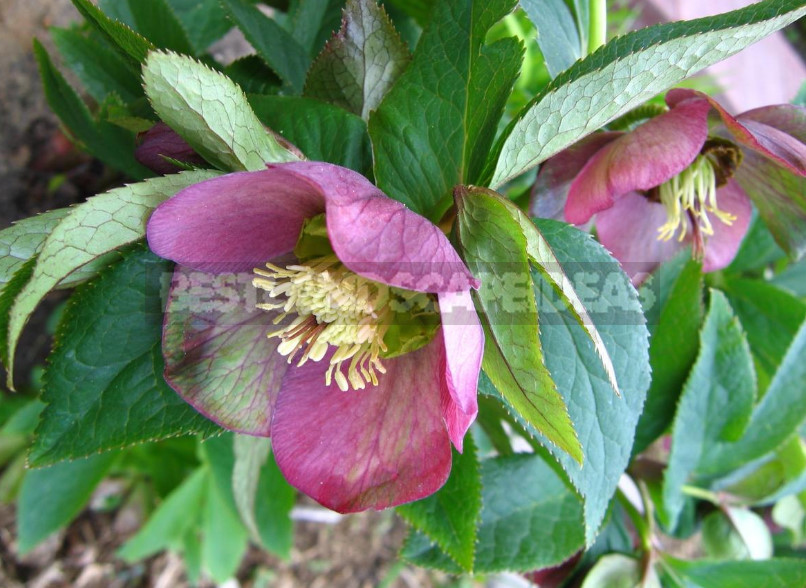
Helleborus is very decorative not only during flowering, many species and varieties grow after flowering dark green foliage gracefully dissected into several fractions and can be stored under the snow until spring.
Primrose — Overture to the Opera garden
The curly Corydalis, early flowering tulips, Scilla and Muscari will be replaced by luxurious Primula, proud Narcissus, Golden Terry Caltha, magnificent Dicentra, aristocrats-tulips, mysterious Dodecatheon, touching Bellis perennis, spring — flowering Phlox, garden Viola-and early spring with cool nights will be replaced by a warm wave of early summer with bright lush colors, eclipsing the touching spring tenderness of primroses-Snowdrops.
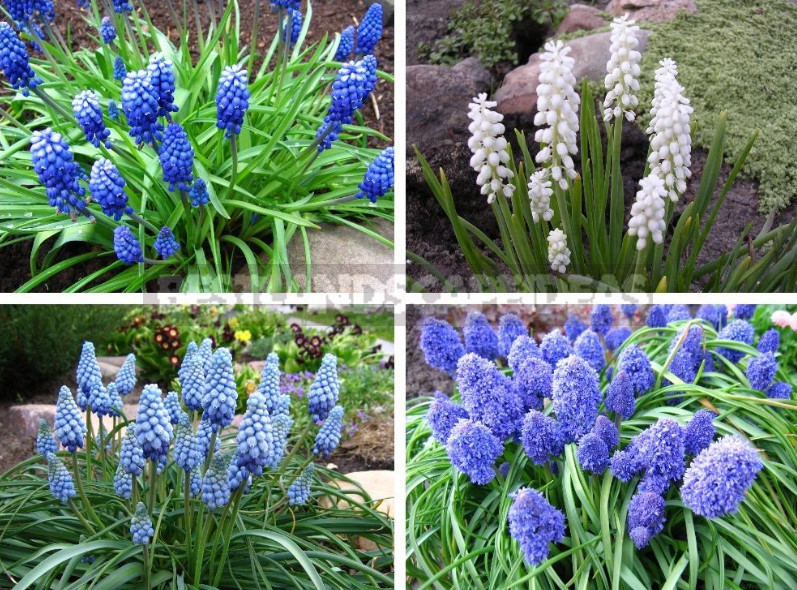
A garden without primroses is like an Opera without an Overture.
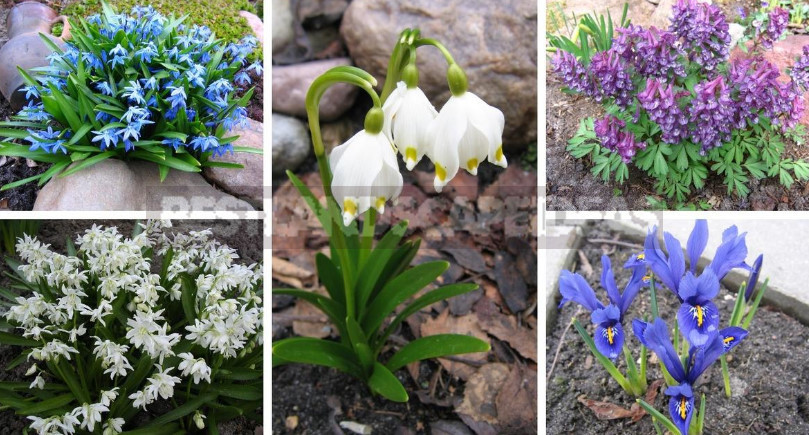
As a rule, planting finely bulbous and early flowering herbaceous perennials spend in late summer and autumn. And at this time, the florist, spoiled by the pomposity of colorful summer, does not always remember the fleeting primroses that gave thoughts of eternity, the infinitely closed circle of successive seasons, in which after spring comes the hot summer, then yellow autumn and long frosty winter, and then again the long-awaited spring…
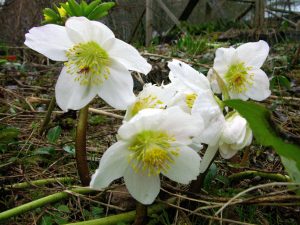
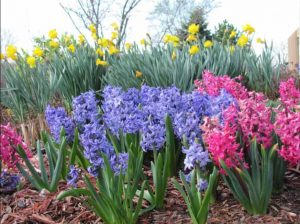
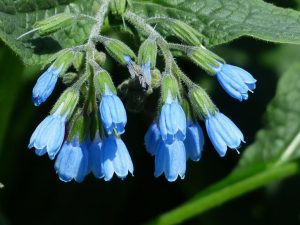

Leave a Reply